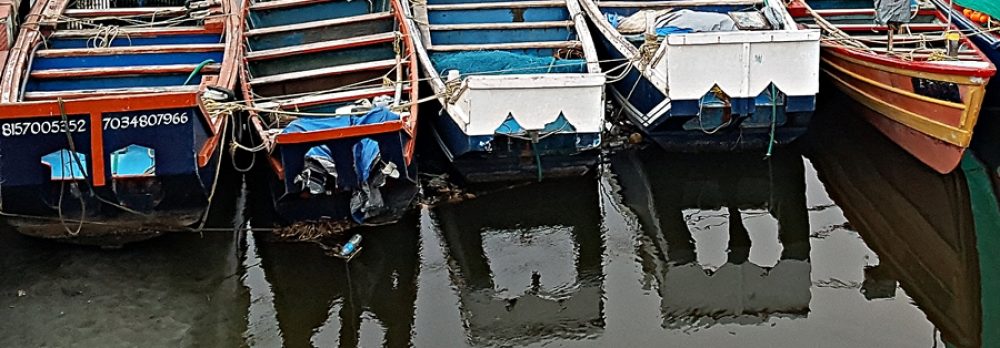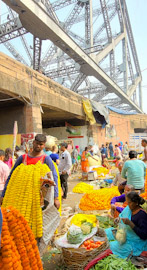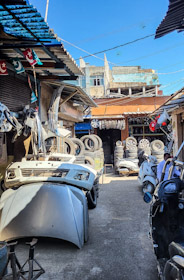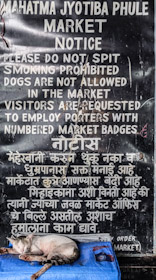WHILE WANDERING THROUGH the older part of Istanbul on our way to the Yeni Camii (‘New Mosque’), we came across the Mahmut Paşa Camii. This mosque stands in a remarkably peaceful, large compound, considering how close it is to a route used by crowds of tourists. Despite being in the heart of the most visited part of the city, this mosque seems to be ignored by most tourists.
The Mahmut Paşa was built in about 1463, making it one of Istanbul’s oldest mosques. It was built only 10 years after Istanbul was captured by the Ottomans. The spacious mosque was built in a style typical of some mosques found in Bursa. It has a large central hall flanked on each side by smaller rooms – rather like side chapels. It was the work of Grand Vizier, Mahmut Paşa, who was put to death by Mehmet the Conqueror in 1474. During his life, he was involved with the Siege of Belgrade, chasing Albania’s Skanderbeg, and the conquest of Bosnia. In addition to his military exploits, he was a noted writer, both in Turkish and Persian. It is worth noting that Mahmut Paşa was converted to Islam after he was captured in Serbia by the Ottomans when he was a young boy.

After seeing the mosque, we walked past the crowded Grand Bazaar, and after passing numerous shops selling lingerie and hosiery, we arrived at the Misir Çarşisi (Egyptian Market aka Spice Market). We walked through this covered, fragrantly scented spice market, which was constructed gradually from 1597 to 1664. Where two passageways lined with shops intersect, there is an open space overlooked by a wooden pavilion reached by a spiral staircase. This was used to say prayers to the merchants who gathered to listen to them at the start of each day.
The Yeni Camii is next to the Misr Çarşisi. It is an enormous structure with numerous domes. It was completed in 1603, and overlooks the Golden Horn and the Galata Bridge, which crosses it. Both the interior and the facade facing the courtyard are rich in tiles covered with blue and white motifs and calligraphy. This eye-catching tiling greatly adds to the mosque’s attractiveness. The huge, spacious interior is an oasis of tranquillity compared with the busy roadway and waterfront only a few yards away.
In between the three edifices I have described, the steeply sloping streets connecting them are lined with buildings of all ages – some of them attractive, others less so. Many of these buildings house shops.
Yet again, a stroll in Istanbul has proved to be fascinating. It is not only the historic monuments that I enjoy seeing, but also glimpses of everyday life in the city.









